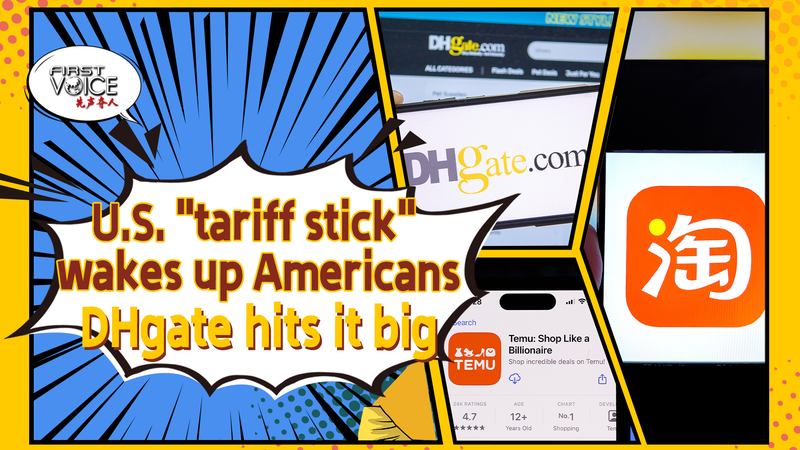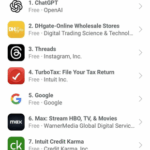As U.S. tariffs reshape global trade dynamics, a quiet revolution is unfolding in American consumer behavior. Cross-border e-commerce platforms like DHgate have surged in popularity, claiming the No. 2 spot on the U.S. Apple App Store’s free apps chart, while Alibaba’s Taabao secured a top-five position. Meanwhile, TikTok trends exposing how European luxury goods are often manufactured in Chinese factories have gone viral—prompting a reassessment of value perceptions.
Observers note this ‘reverse shopping’ phenomenon reflects a broader mindset shift: Rising costs tied to tariffs are pushing U.S. shoppers toward affordable yet high-quality Chinese alternatives. Analysts suggest the trend underscores China’s evolving manufacturing prowess, with domestic brands increasingly competing on innovation and craftsmanship rather than price alone.
‘This isn’t just about cost-cutting,’ said a Shanghai-based trade analyst. ‘Consumers are realizing that products designed and made in China often rival Western brands in quality. Tariffs have inadvertently spotlighted this reality.’
For businesses, the shift signals opportunities in cross-border supply chain adaptations. For policymakers, it raises questions about the long-term effectiveness of tariff-driven strategies in an interconnected global market.
Reference(s):
cgtn.com





